Shosan-ji Temple Valley Pilgrimage Route
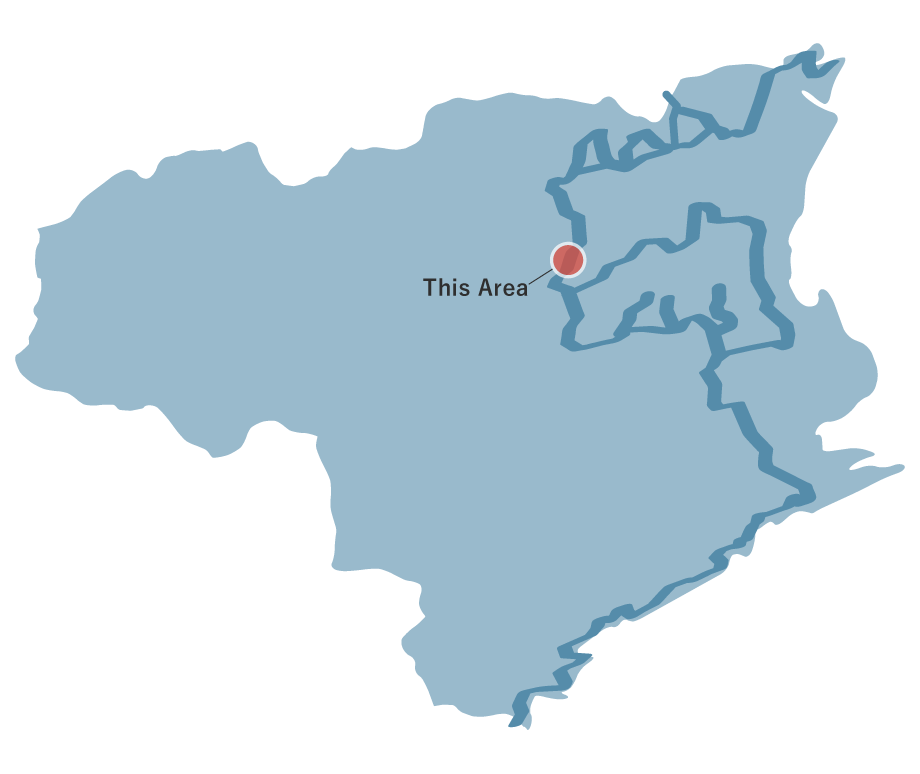
Shosan-ji Temple Valley Pilgrimage Route
As you enter the mountain behind Fujiidera Temple (temple No. 11), you will see a moss-covered pilgrimage path continuing along the valley. The slope will gradually become steeper, and you will be able to see a sweeping view of the cityscape on the northern bank of the Yoshino River and the Sanuki Mountains below. As you reach Chodo-an, the mountain road becomes smoother, and the mountain village looks small. A mountain path with a few ups and downs will lead you to Ryusui-an, a secluded spot where you can quench your thirst with some cool valley water. The trail continues along a quiet mountain path where you can hear nothing but the sounds of small birds such as the brown-eared bulbul and Japanese white-eye. As you walk along the ridgeline, large cedar trees appear out of nowhere, and you will see a huge statue of Daishi at Joren-an (Ipponsugi-an). The avenue of cedar trees around the Shosan-ji Temple (temple No. 12) gate will give you an illusion of being in a deep mountain valley.
Shosan-ji Temple Valley Pilgrimage Route(15.6Km)

 Spots to photograph
Spots to photograph
If you wish to receive a certificate, please take a photo that includes yourself at the designated photo point for each course.
Nearby sightseeing spots

-
1
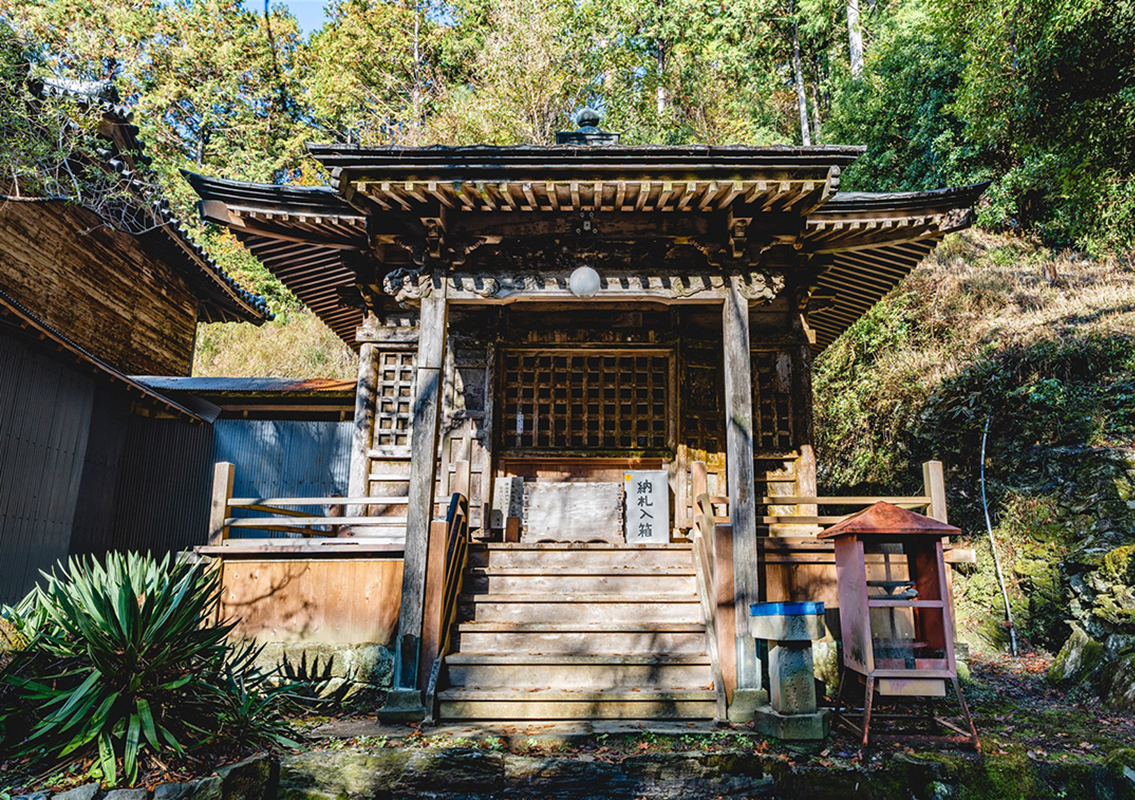 Ryusui-an
Ryusui-anLocated halfway between the Fujiidera Temple and Shosan-ji Temple, this Buddhist shrine has a rest area where you can alleviate your fatigue from hiking along the long mountain trail.
Legend has it that when Kobo Daishi visited this area, to quench his thirst, he poked a rock with a willow cane, and water gushed out, hence the name "Ryu no Sui (Willow Water)."
-
2
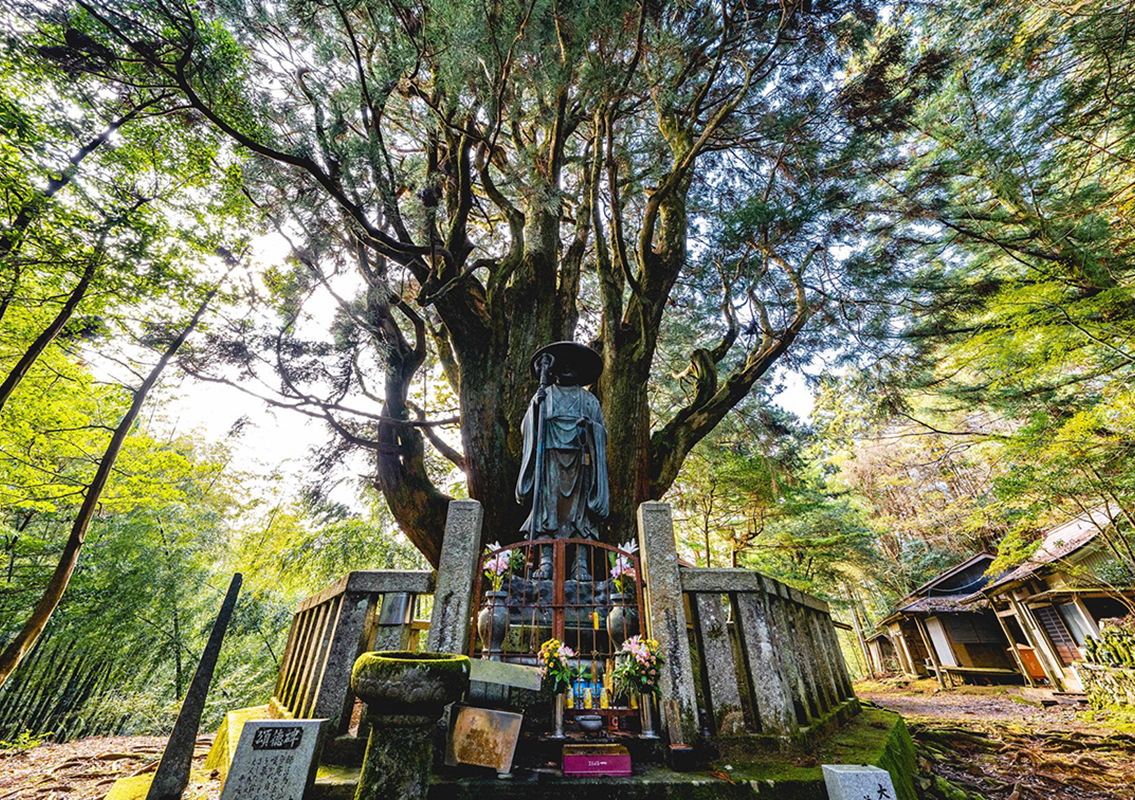 Joren-an (Ipponsugi-an)
Joren-an (Ipponsugi-an)Located on a mountain pass at an elevation of 730 m, the shrine is also known as Joren-an. There is a statue of Kobo Daishi and the famous cedar tree that tells the story of his pilgrimage on the shrine premises.
The giant cedar tree is called "Souchi-no-ipponsugi" and is said to have been planted by Kobo Daishi himself. The circumference of the tree trunk is 7.7 m, its canopy measures 16.1 m from east to west and 14.8 m from north to south, and its height is about 25 m. The shape of the tree is very good, and it stands 3 m above ground with several branches growing from its trunk. It is also designated as a natural monument by the Prefecture.
The bronze statue of Kobo Daishi under the cedar tree and the 42 stone steps were built by Ikutaro Kawachi from Kyoto City in Taisho 15 (1926). -
3
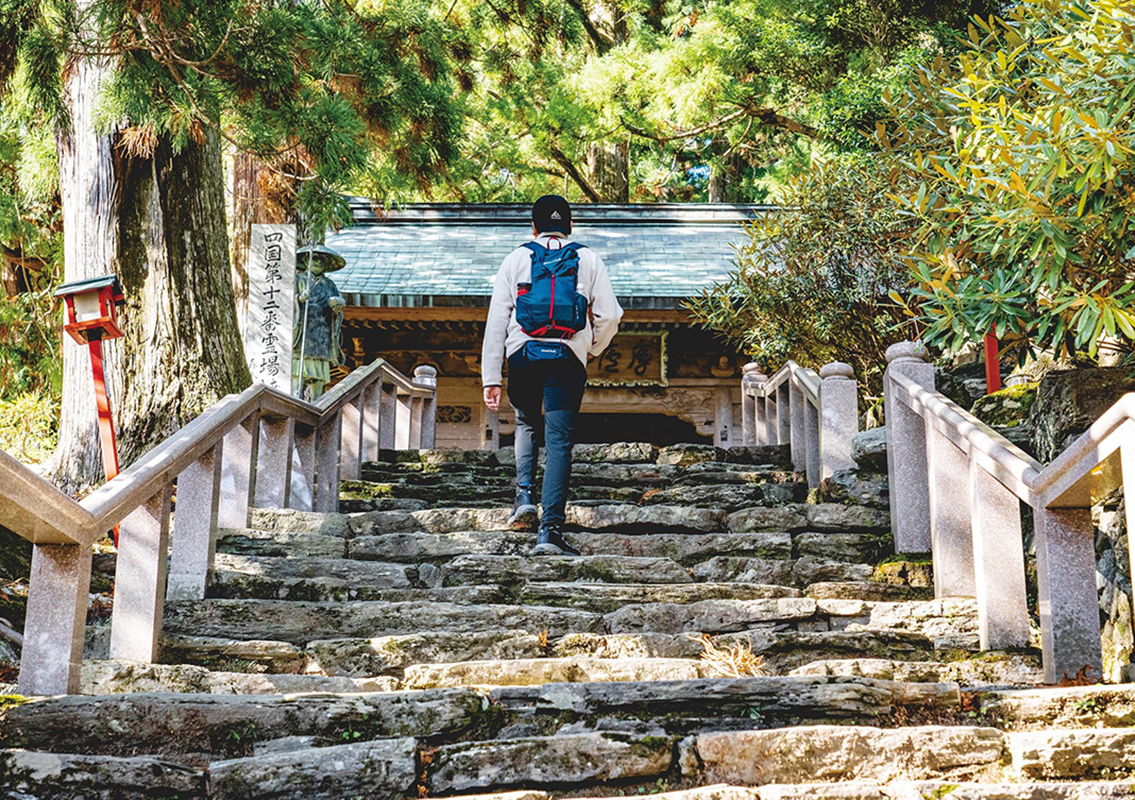 Shosan-ji Temple
Shosan-ji TempleThis is temple no. 12 out of the 88 temples in the Shikoku Pilgrimage and is located at an altitude of about 700 meters, near Station 8 on Shozanjiyama. Several temples in the Shikoku Pilgrimage are considered to be in a "Henro Korogashi (slope so steep that pilgrims may roll down it)" section of the route and the Shosan-ji Temple is one of them. Since ancient times, it has been a "sacred place for ascetic practices" where pilgrims trekked up steep slopes. The temple is surrounded by old cedar trees, and you can feel the solemnity as you climb the stairs and enter the main gate.
There are 40 cedar trees around the main gate, 15 trees to the southwest of the main temple, and over 100 giant cedar trees along the path from the main temple to the inner shrine, giving the site the solemnity of a sacred place. -
4
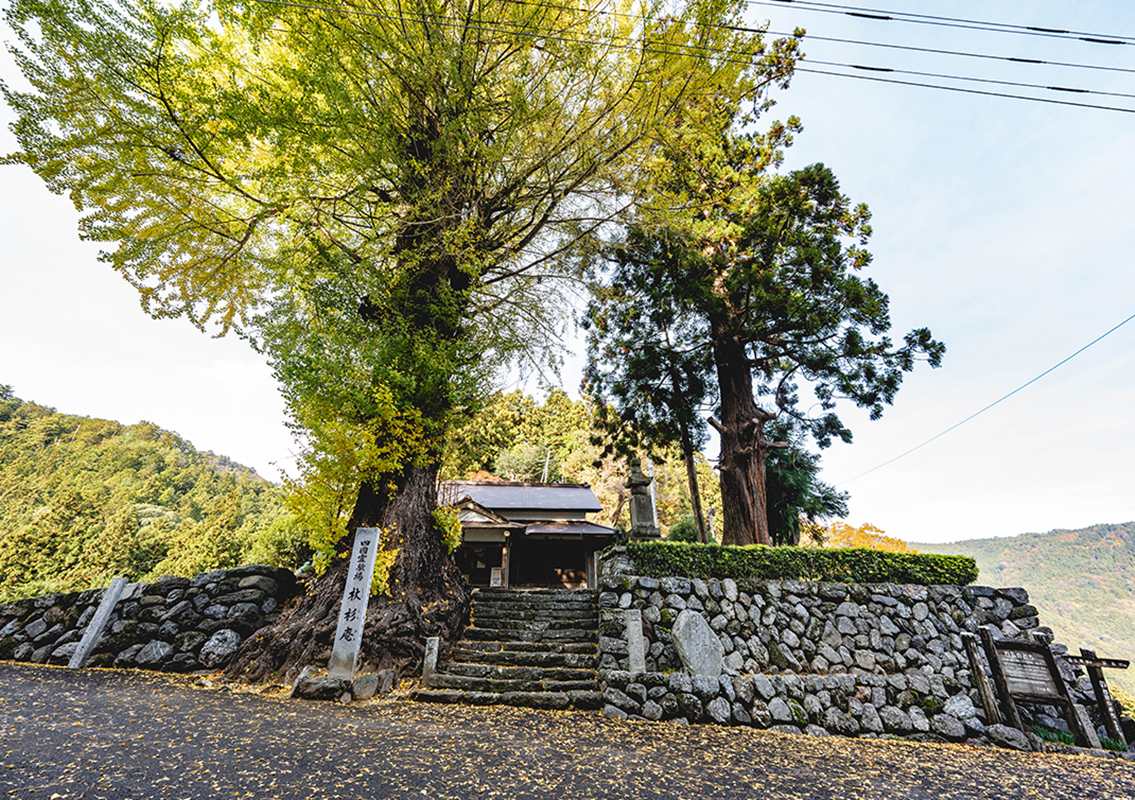 Emon Saburo Joshin-an
Emon Saburo Joshin-anThis shrine was built about 1.6 km down from Shosan-ji Temple. Saburo Emon is said to be the first person to embark on the Shikoku Pilgrimage. Saburo Emon, a wealthy farmer from the Kono family that governed the Iyo province, followed Kobo Daishi on a pilgrimage to apologize for his wrongdoings towards him. It is said that he fell ill in this area on his 21st pilgrimage. The legend of this journey is widely known as the beginning of the Shikoku Pilgrimage.
The name "Joshin" comes from the tale that a large cedar tree grew from Emon Saburo's walking cane that was erected to mark his grave.



